I. Introduction
A. Explanation of Prebiotics
Prebiotics are non-living, plant-derived compounds that serve as nourishment for the skin’s beneficial bacteria. They help promote a balanced skin microbiome, which is critical for maintaining skin health.
B. Importance of a Healthy Skin Barrier
The skin barrier acts as your body’s first line of defense, protecting against environmental aggressors, pathogens, and moisture loss. A healthy barrier is key to radiant, hydrated, and resilient skin.
C. Overview of the Relationship Between Prebiotics and Skin Health
Prebiotics help strengthen the skin barrier by fueling beneficial microbes, which in turn support immunity, reduce inflammation, and lock in moisture—making them an essential part of skin wellness.
II. Understanding the Skin Barrier
A. Definition and Function of the Skin Barrier
The skin barrier, also known as the stratum corneum, is composed of skin cells, lipids, and microbiota that work together to protect the skin and regulate hydration.
B. Factors That Can Weaken the Skin Barrier
Environmental stressors (UV exposure, pollution), harsh skincare products, over-exfoliation, and even stress or diet can disrupt this protective layer.
C. Common Skin Issues Caused by a Compromised Skin Barrier
A damaged barrier can lead to dryness, sensitivity, redness, acne, eczema, and premature aging.
III. The Role of Prebiotics in Maintaining a Healthy Skin Barrier
A. What Are Prebiotics and How Do They Work?
Prebiotics feed good bacteria on the skin, allowing them to thrive and outcompete harmful microbes, which keeps the skin’s ecosystem in balance.
B. How Prebiotics Support the Skin Barrier
By encouraging the growth of beneficial flora, prebiotics enhance skin immunity, reduce inflammation, and promote moisture retention—all key for barrier strength.
C. Scientific Evidence Supporting the Use of Prebiotics for Skin Health
Studies show that ingredients like inulin and alpha-glucan oligosaccharide improve microbial balance, reduce TEWL (transepidermal water loss), and improve skin resilience.
IV. Types of Prebiotics for Healthy Skin
A. Overview of Different Types of Prebiotics
Common skincare prebiotics include inulin, fructooligosaccharides (FOS), alpha-glucan oligosaccharide, xylitol, and rhamnose.
B. Benefits and Uses of Each Type for Skin Health
-
Inulin: Supports moisture balance
-
FOS: Calms and soothes inflammation
-
Alpha-glucan oligosaccharide: Boosts natural defense
-
Xylitol: Enhances hydration
-
Rhamnose: Helps with anti-aging and firming
C. Recommended Sources of Prebiotics for a Healthy Skin Barrier
Topical skincare (serums, moisturizers, masks) and prebiotic-rich foods (onions, garlic, bananas) for gut-skin synergy.
V. How to Incorporate Prebiotics into Your Skincare Routine
A. Best Practices for Using Prebiotic Skincare Products
Start with a gentle prebiotic cleanser or serum; use daily for cumulative effects. Avoid harsh ingredients that could negate prebiotic benefits.
B. Tips for Choosing the Right Prebiotic Products for Your Skin Type
-
Dry/sensitive skin: Look for soothing prebiotic moisturizers
-
Acne-prone skin: Choose non-comedogenic formulas with balancing ingredients
-
Aging skin: Opt for serums with rhamnose or other firming prebiotics
C. How to Combine Prebiotics with Other Skincare Ingredients for Maximum Benefits
Pair prebiotics with hyaluronic acid, niacinamide, or ceramides for enhanced barrier repair and hydration.
VI. Other Benefits of Prebiotics for Skin Health
A. Beyond the Skin Barrier: Other Ways Prebiotics Benefit the Skin
They help regulate sebum, support healing post-treatments, and enhance glow by promoting a balanced microbiome.
B. Anti-inflammatory Properties of Prebiotics
Prebiotics calm inflammatory triggers, making them ideal for conditions like rosacea, eczema, and acne.
C. How Prebiotics Can Improve the Overall Appearance and Health of the Skin
With consistent use, expect smoother texture, brighter tone, and fewer breakouts—thanks to microbial harmony.
VII. Prebiotics and Gut Health: The Link to Skin Health
A. Explanation of the Gut-Skin Axis
The gut and skin are connected through the immune system and inflammatory pathways. A balanced gut can mean clearer skin.
B. How Prebiotics Can Improve Gut Health and Indirectly Benefit the Skin
Prebiotics in your diet feed healthy gut flora, which may reduce systemic inflammation and improve skin issues like acne or dullness.
C. The Importance of a Holistic Approach to Skincare and Overall Health
Great skin isn’t just about what you apply topically. Diet, stress, sleep, and gut health all play a role—prebiotics support both skin and systemic balance.
VIII. Myth Busting: Common Misconceptions About Prebiotics and Skincare
A. Addressing Common Misunderstandings About Prebiotics and Skincare
Myth: Prebiotics and probiotics are the same.
Truth: Prebiotics feed bacteria; probiotics are the bacteria.
B. Clarifying the Differences Between Prebiotics and Probiotics
Probiotics are live microorganisms, often unstable in skincare. Prebiotics are more stable and support the skin’s existing flora.
C. Dispelling Other Myths Surrounding Prebiotics and Their Benefits for the Skin
Myth: Prebiotics only matter in gut health.
Truth: The skin has its own microbiome that benefits from topical prebiotics just as much.
IX. Conclusion
A. Recap of the Key Points Discussed
Prebiotics help maintain a strong skin barrier by feeding good bacteria, improving hydration, and reducing inflammation.
B. Final Thoughts on the Science Behind Prebiotics and Their Essential Role
Scientific research continues to support the benefits of prebiotics in skincare, especially for those with sensitive, dry, or acne-prone skin.
C. Encouragement to Incorporate Prebiotics into Skincare Routine
Whether through a targeted serum or a gentle moisturizer, incorporating prebiotics into your routine is a smart step toward long-term skin health and resilience.




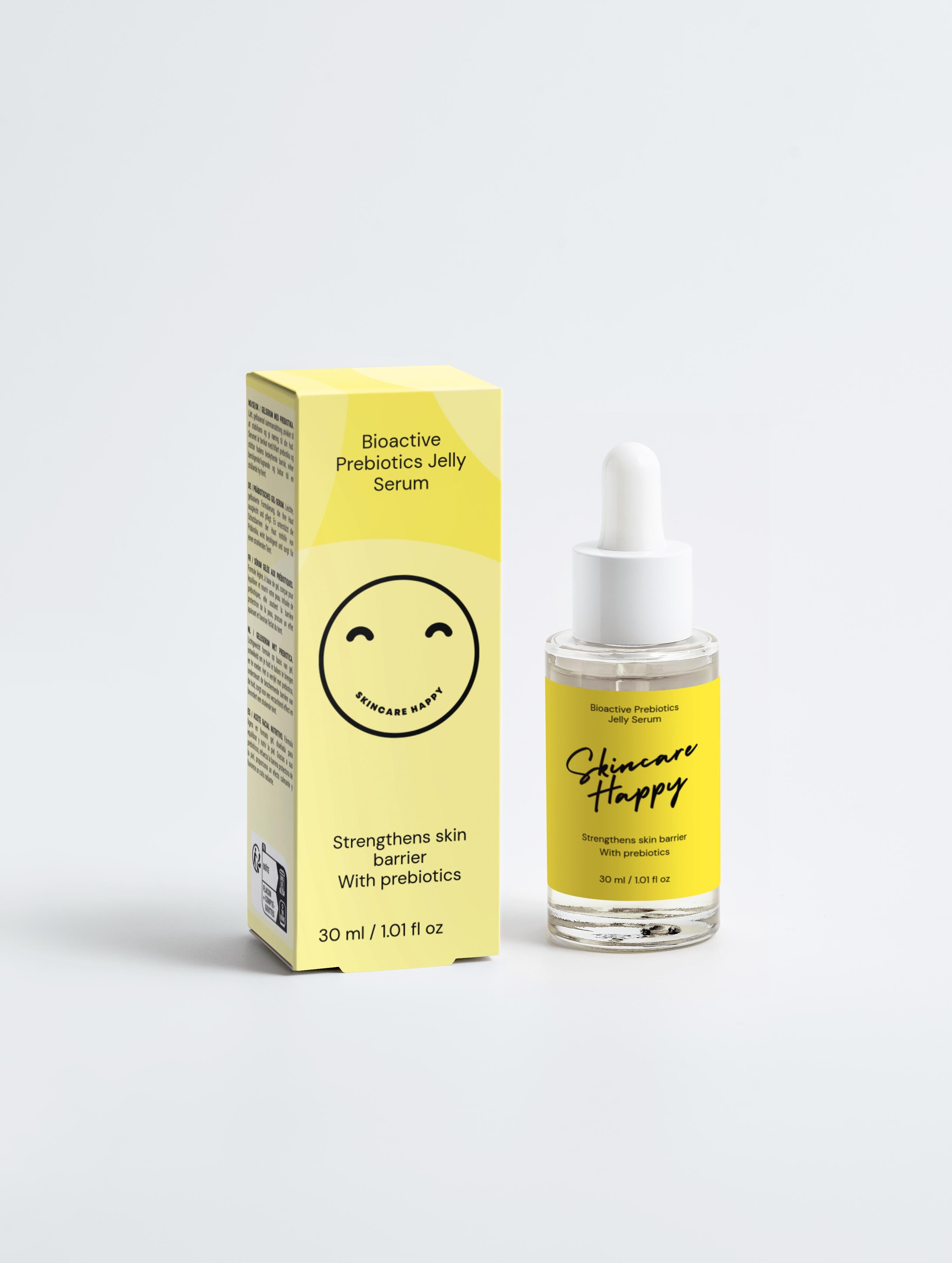
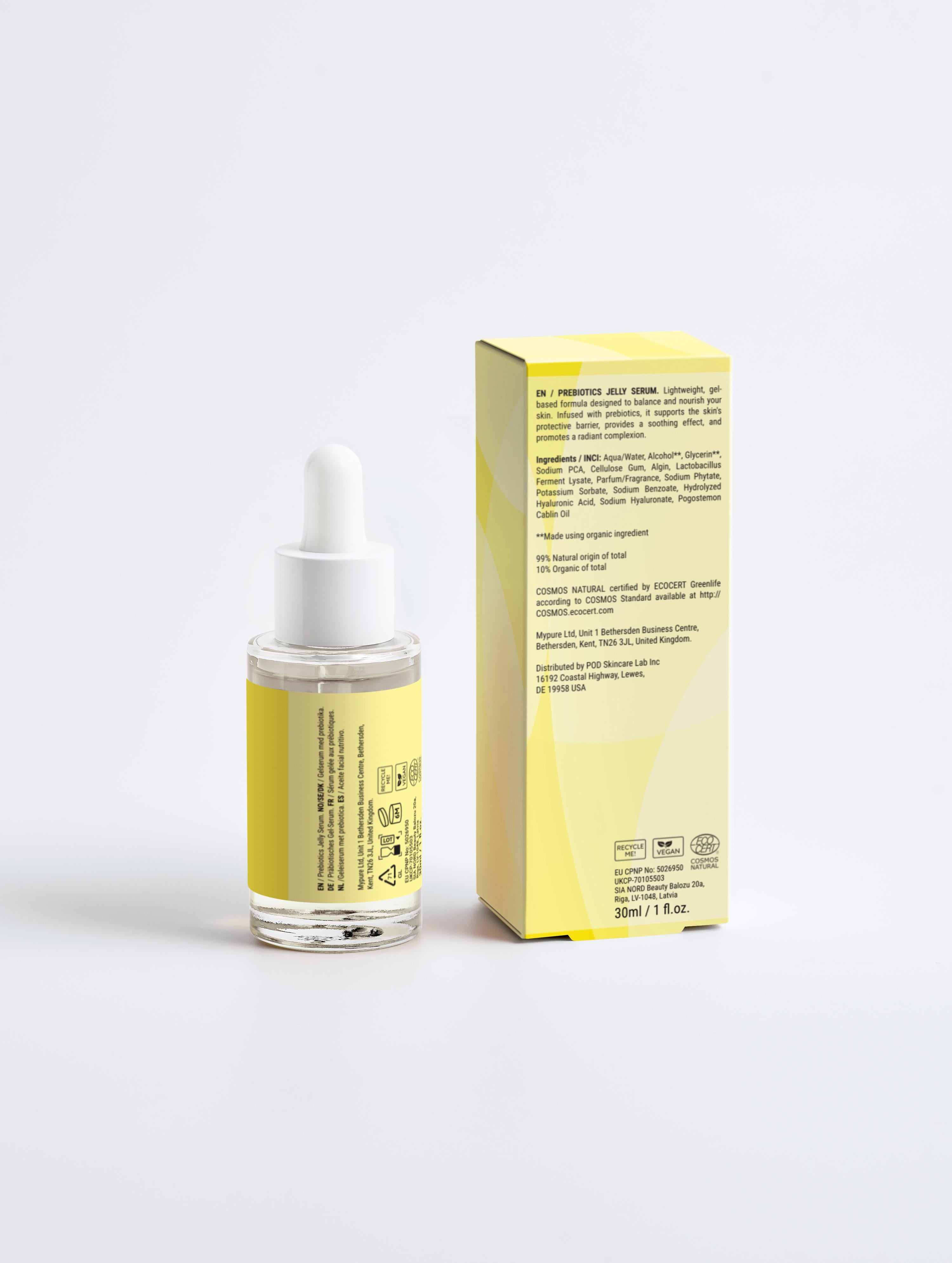
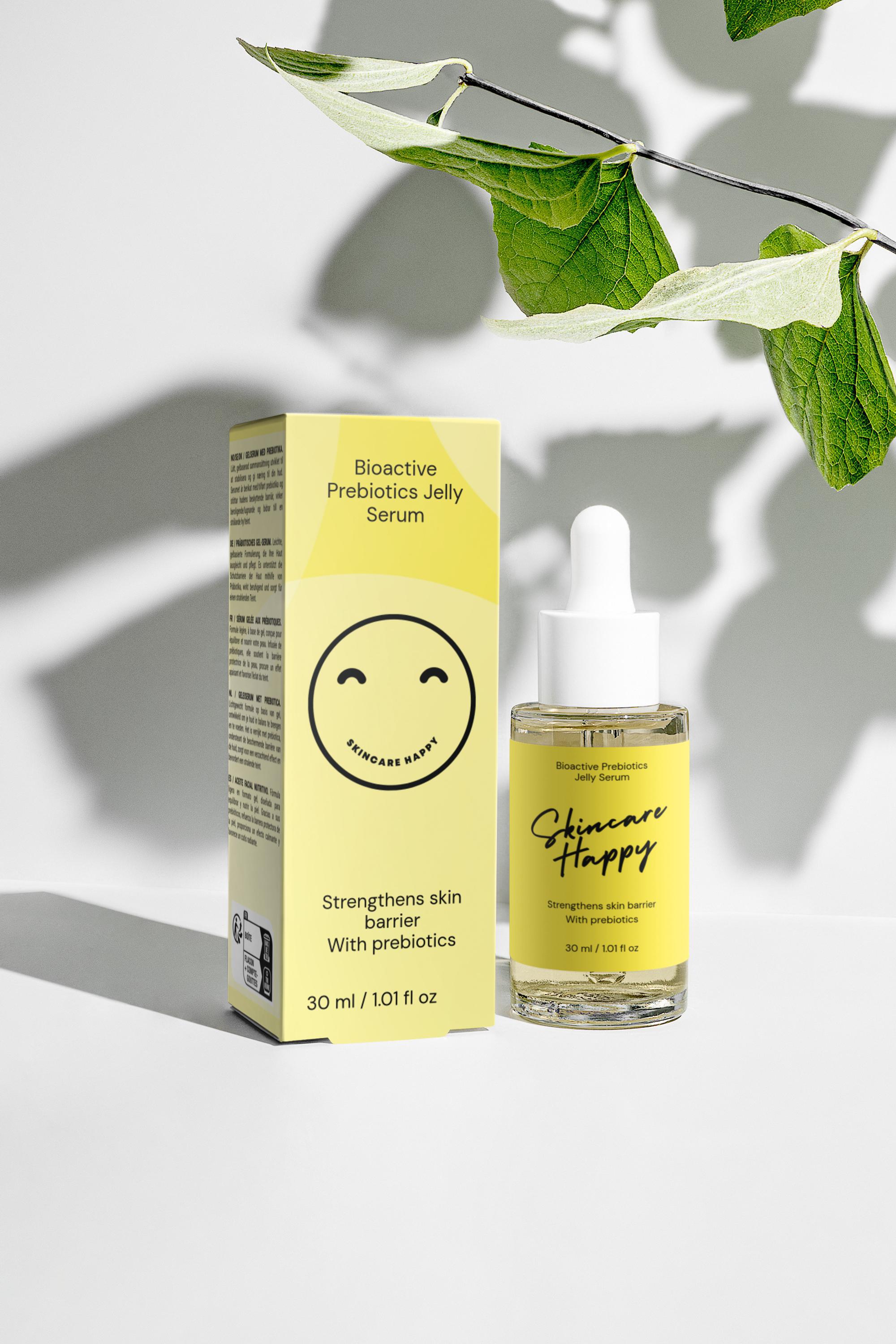
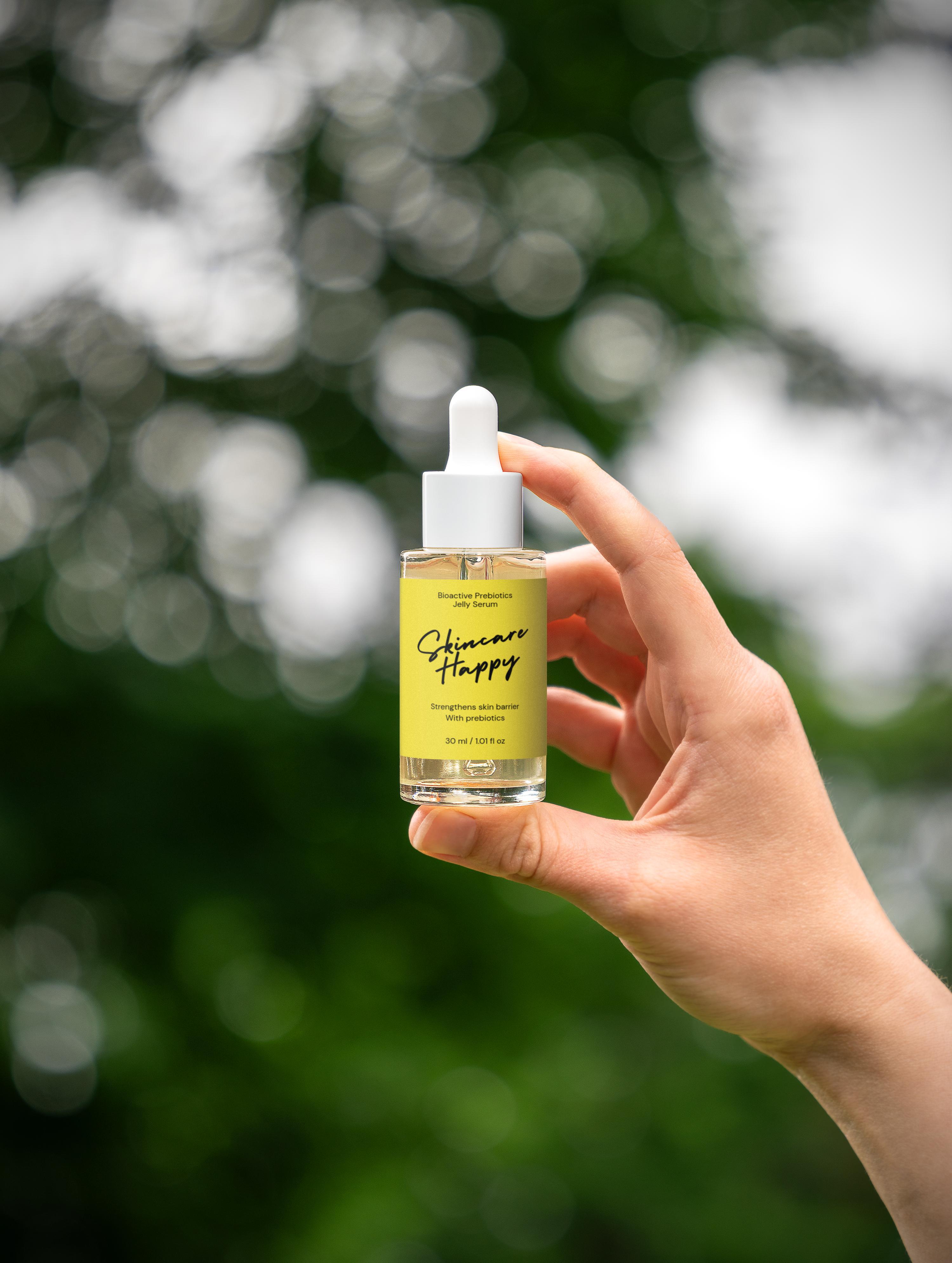
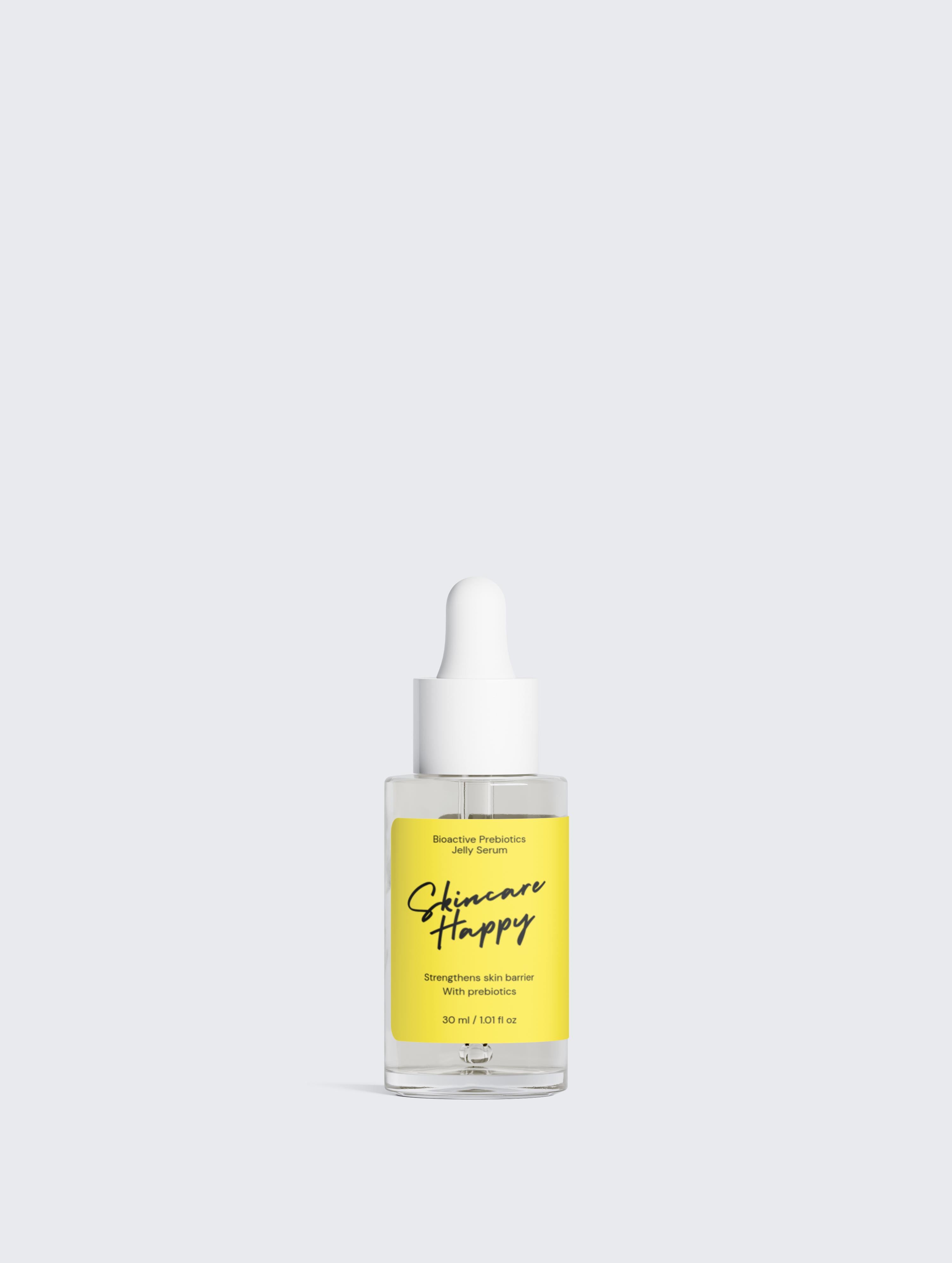
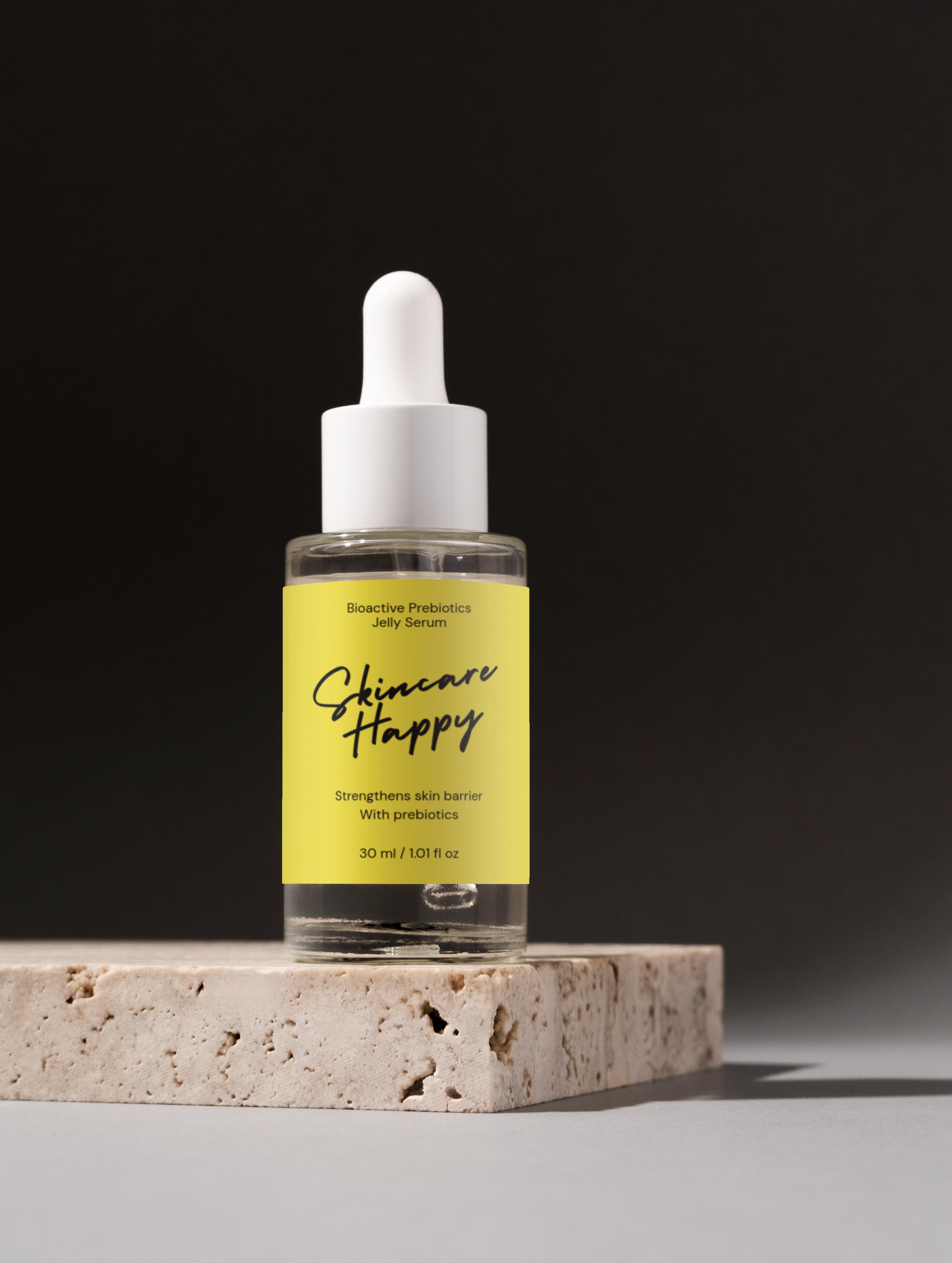

0 comments